A new air quality report found that Canada had the most polluted air of any North American country in 2023, as critics say the Trudeau government’s scattered response to the disaster likely made matters worse.
“2023 marks the first time in our report’s history that Canada had such high levels of PM2.5,” Natasha Ganes, Public Relations Manager for IQAir North America, told Fox News Digital. “Wildfires in the summer of 2023 devastated air quality throughout not only Canada, but also the United States as well due to transboundary haze and air pollution that drifted across borders.”
“During May of 2023, PM2.5 levels in Alberta surged almost ninefold compared to the same period in 2022,” Ganes added. “In fact, most of the 10 most polluted cities in Canada in 2023 were in Alberta due to those fires.”
Canadian Prime Minister Justin Trudeau has continually sounded the alarm over climate change, even saying in 2021 that “climate action can’t wait” and committing to “creating a green economy” while trying to “cut pollution and build a cleaner future for everyone.”
A spokesperson for Canadian Minister of Emergency Preparedness Harjit Sajjan told Fox News Digital, “The government of Canada believes in science. Climate change is real and knows no borders. Denial is no longer an option.”
“That is why Canada has taken several steps to prepare for and adapt to climate change and its unrelenting impacts,” the spokesperson said, noting that 90% of the country’s forests are owned and managed by respective provinces, and the federal government coordinates with them in response to fire crisis.
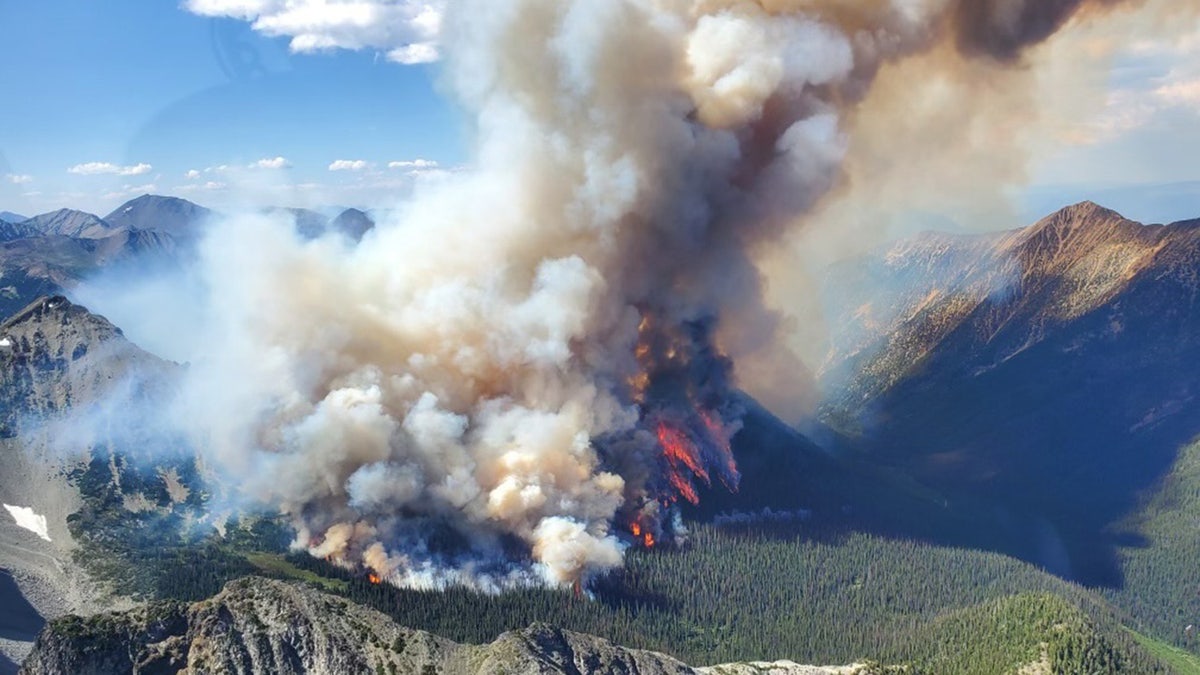
An aerial view of a wildfire near Tatkin Lake in British Columbia on July 10, 2023. (BC Wildfire Service/Anadolu Agency via Getty Images)
Despite his warnings, he has done little to actually prepare for the crisis. As the wildfires started, Trudeau dismissed concerns that his government had contributed to the crisis by failing to update its forest management policies and keep firefighting facilities upgraded, and resisting calls for a national firefighting service.
The Frasier Institute, a libertarian-conservative think tank in Canada, acknowledged that while global warming is occurring, simply ascribing forest fires to environmental conditions, as Trudeau did early on in summer 2023, ignores ongoing issues with domestic policy and infrastructure.
Citing the United Nations Intergovernmental Panel on Climate Change, the Frasier Institute in a write-up on Canada’s increasing frequency and duration of “fire season” noted that climate officials have assigned “medium confidence” to climate change alone driving increased “fire weather.”
By the end of summer 2023, Trudeau started discussing issues with infrastructure funding, suggesting that his government should look at federal spending on such areas.
“I think we need to start looking at that around emergencies, we certainly need to look at that around infrastructure investments,” Trudeau replied during a conversation with local leaders in British Columbia.
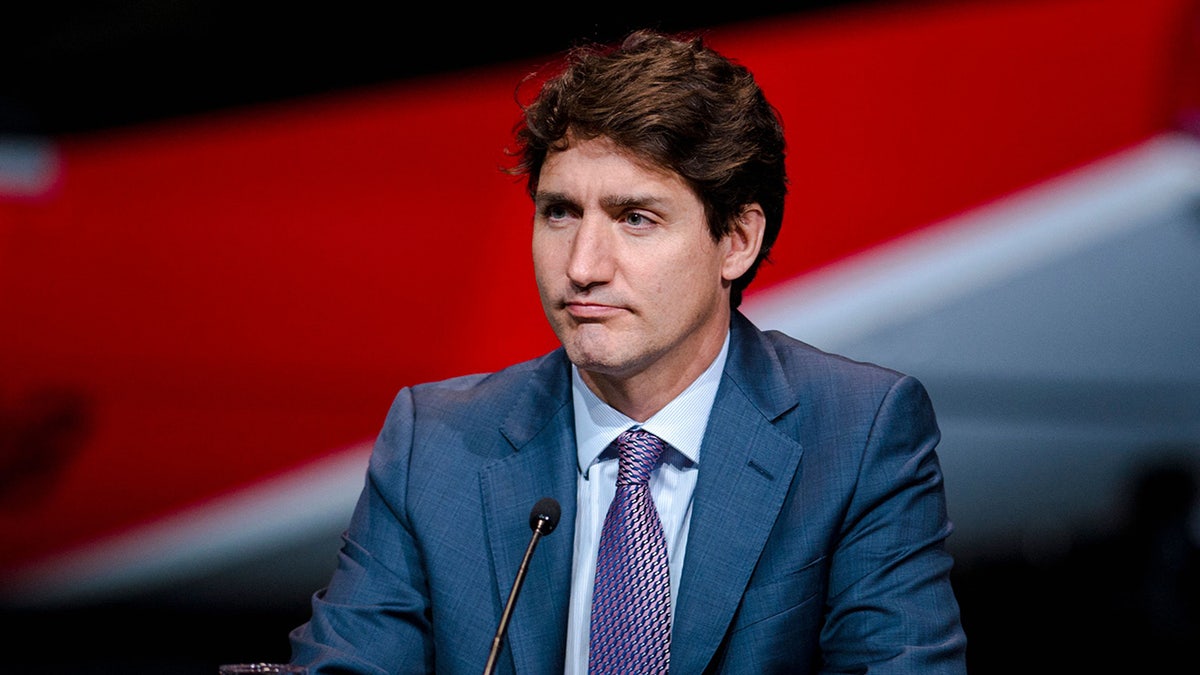
Canadian Prime Minister Justin Trudeau has continually sounded the alarm over climate change. (ANDREJ IVANOV/AFP via Getty Images)
“This is something with which we are fully seized and our minister of infrastructure, among others, will be fully engaged with, and I look forward to continuing to work closely with provincial and municipal leaders in a collaborative way to respond to these challenges,” Trudeau added.
Minister Sajjan’s spokesperson insisted that “Canada’s preparation is solid and continues to evolve as we learn from these events.”
“In collaboration with provinces and territories, we have invested heavily in firefighting training and in the purchase of specialized firefighting equipment needed … including for First Nations and are identifying barriers in training,” the spokesperson said, noting the government is making a stronger push to invest in disaster preparedness and improve habitat redevelopment.
“To reduce wildland fire risks, we are enhancing the FireSmart Canada program, and are creating a Centre of Excellence for Wildland Fire Innovation and Resilience,” the spokesperson added. “We have also released the National Risk Profile to better understand risks across the country and increase our preparedness.”
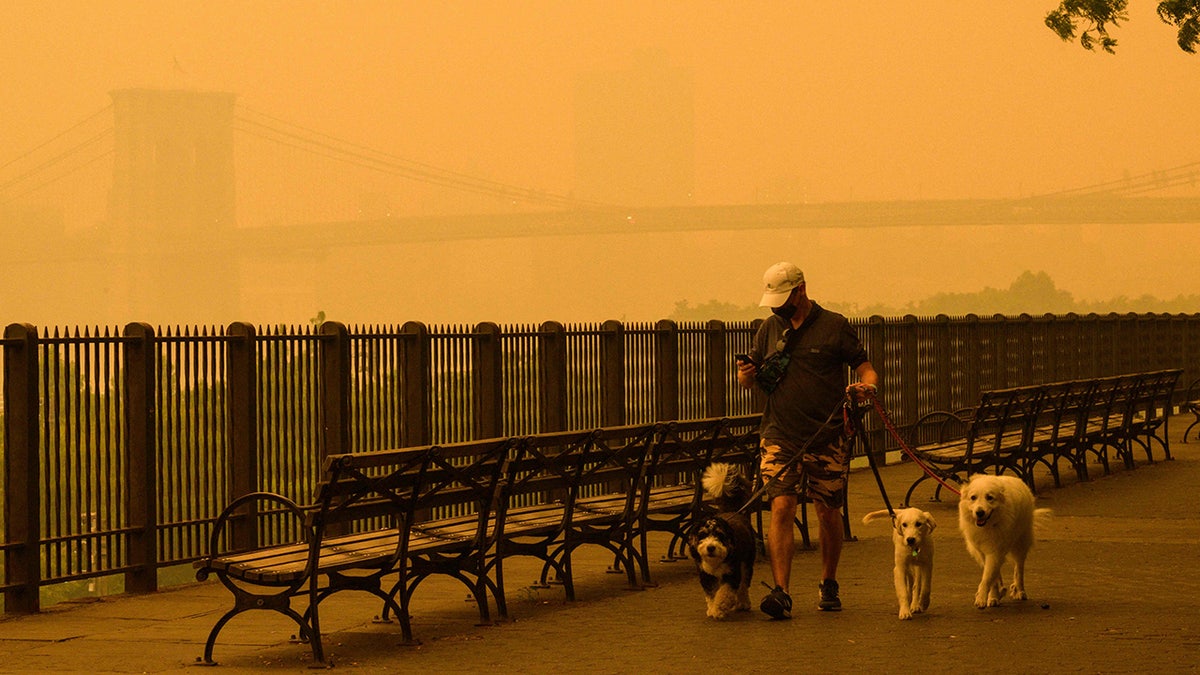
Orange-tinged smog caused by Canada’s wildfires shrouds New York City on June 7, 2023, obscuring its famous skyscrapers and causing residents to don face masks. (ANGELA WEISS/AFP via Getty Images)
The recent air quality report, published annually by Swiss tech firm IQAir, looks at PM2.5 air quality from 30,000 monitoring stations across 134 countries, territories and regions.
PM2.5 particles are fine particulate matter that measure 2.5 microns or less in diameter — commonly produced by combustion of gasoline, oil, diesel fuel or wood — and measured in concentrations of micrograms per cubic meter air.
Canada recorded a jump in concentration from 7.4 to 10.3, but a spokesperson for IQAir acknowledged the jump most probably occurred as a result of the extreme fire season that ravaged the country in 2023.

A person wearing a face mask takes photos of the skyline as smoke from wildfires in Canada cause hazy conditions in New York City on June 7, 2023. An orange-tinged smog caused by Canada’s wildfires shrouded New York on Wednesday, obscuring its famous skyscrapers and causing residents to don face masks, as cities along the US East Coast issued air quality alerts. (Photo by ANGELA WEISS / AFP) (Photo by ANGELA WEISS/AFP via Getty Images) (ANGELA WEISS/AFP via Getty Images)
The wildfires claimed the lives of nine people (including eight firefighters and one child) and burned 45.7 million acres — roughly twice the size of Portugal, according to The Guardian. The fires burned so intensely that smoke even polluted parts of the U.S., creating alien atmospheres as the skies turned orange or even red.
Yellowknife, a city in a more remote part of Canada, had to evacuate 20,000 people as the fires raged. The IQAir report showed that Yellowknife experienced a massive leap from an average concentration of around 4.63 between 2017 and 2021 to 20.8 in 2023.
India ranked as the country with the most polluted air, with all but eight of the top 50 most polluted cities within its borders, and the most polluted city, Begusarai, recording a concentration of 118.9.
The most polluted city in the U.S. is Coraopolis in Pennsylvania, followed by Forest Park in Georgia and Cave Junction in Oregon. Coraopolis recorded a concentration of 19.3.
The Canadian prime minister’s office did not respond to a Fox News Digital request for comment by time of publication.
Source: Fox News

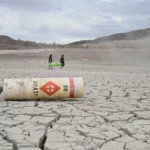
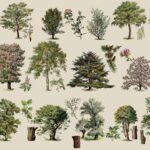
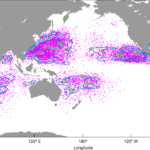


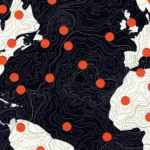

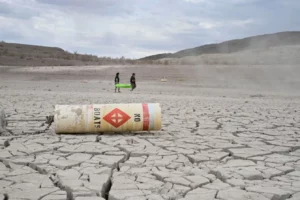
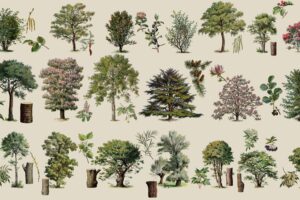
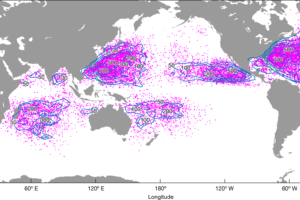
Add Comment